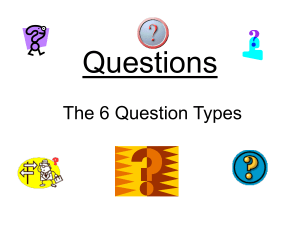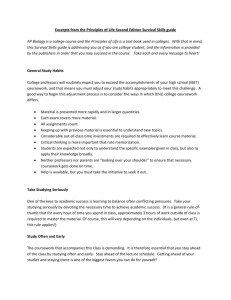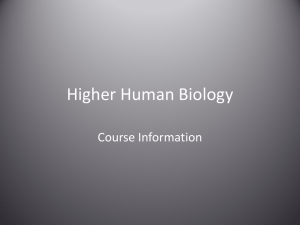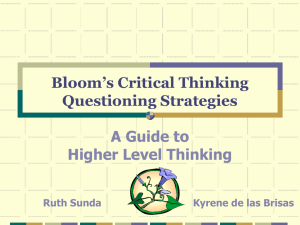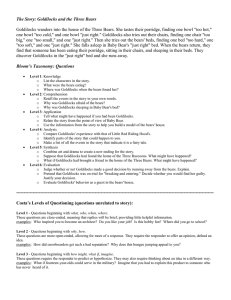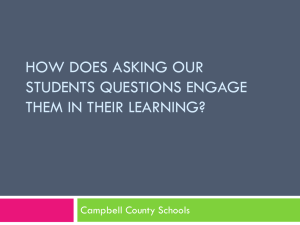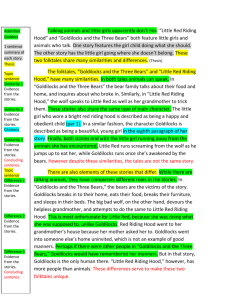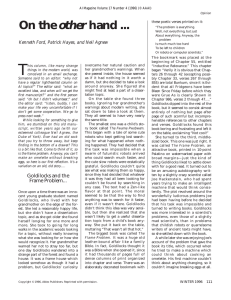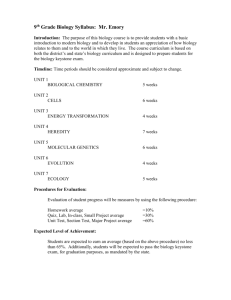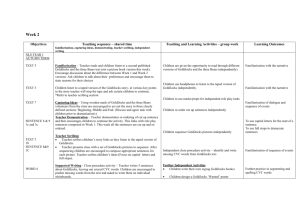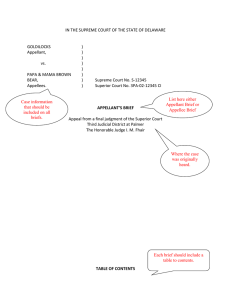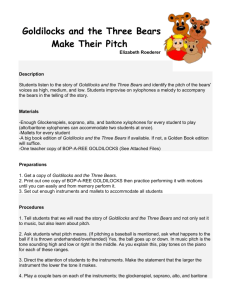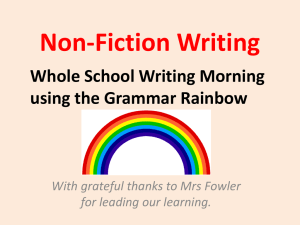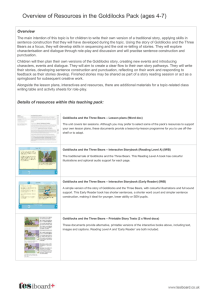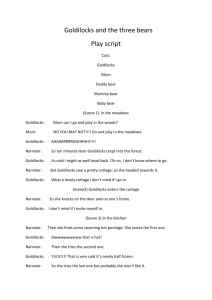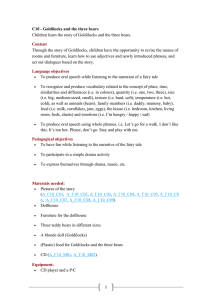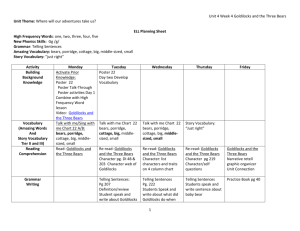How to succeed in college biology
advertisement
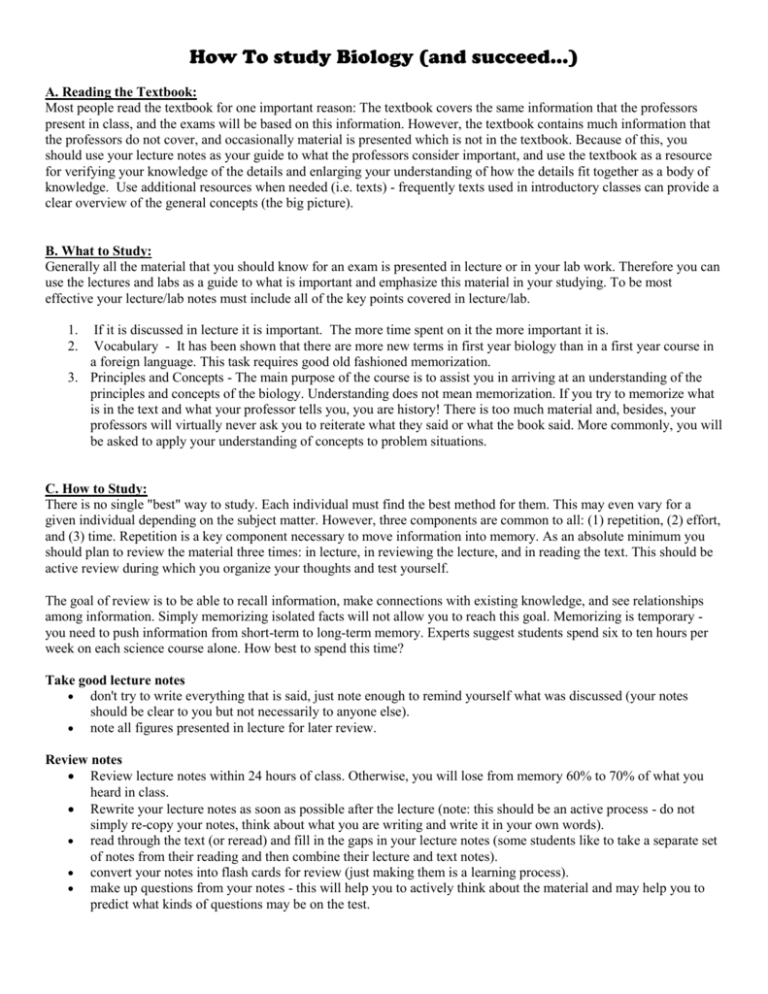
How To study Biology (and succeed…) A. Reading the Textbook: Most people read the textbook for one important reason: The textbook covers the same information that the professors present in class, and the exams will be based on this information. However, the textbook contains much information that the professors do not cover, and occasionally material is presented which is not in the textbook. Because of this, you should use your lecture notes as your guide to what the professors consider important, and use the textbook as a resource for verifying your knowledge of the details and enlarging your understanding of how the details fit together as a body of knowledge. Use additional resources when needed (i.e. texts) - frequently texts used in introductory classes can provide a clear overview of the general concepts (the big picture). B. What to Study: Generally all the material that you should know for an exam is presented in lecture or in your lab work. Therefore you can use the lectures and labs as a guide to what is important and emphasize this material in your studying. To be most effective your lecture/lab notes must include all of the key points covered in lecture/lab. 1. 2. If it is discussed in lecture it is important. The more time spent on it the more important it is. Vocabulary - It has been shown that there are more new terms in first year biology than in a first year course in a foreign language. This task requires good old fashioned memorization. 3. Principles and Concepts - The main purpose of the course is to assist you in arriving at an understanding of the principles and concepts of the biology. Understanding does not mean memorization. If you try to memorize what is in the text and what your professor tells you, you are history! There is too much material and, besides, your professors will virtually never ask you to reiterate what they said or what the book said. More commonly, you will be asked to apply your understanding of concepts to problem situations. C. How to Study: There is no single "best" way to study. Each individual must find the best method for them. This may even vary for a given individual depending on the subject matter. However, three components are common to all: (1) repetition, (2) effort, and (3) time. Repetition is a key component necessary to move information into memory. As an absolute minimum you should plan to review the material three times: in lecture, in reviewing the lecture, and in reading the text. This should be active review during which you organize your thoughts and test yourself. The goal of review is to be able to recall information, make connections with existing knowledge, and see relationships among information. Simply memorizing isolated facts will not allow you to reach this goal. Memorizing is temporary you need to push information from short-term to long-term memory. Experts suggest students spend six to ten hours per week on each science course alone. How best to spend this time? Take good lecture notes don't try to write everything that is said, just note enough to remind yourself what was discussed (your notes should be clear to you but not necessarily to anyone else). note all figures presented in lecture for later review. Review notes Review lecture notes within 24 hours of class. Otherwise, you will lose from memory 60% to 70% of what you heard in class. Rewrite your lecture notes as soon as possible after the lecture (note: this should be an active process - do not simply re-copy your notes, think about what you are writing and write it in your own words). read through the text (or reread) and fill in the gaps in your lecture notes (some students like to take a separate set of notes from their reading and then combine their lecture and text notes). convert your notes into flash cards for review (just making them is a learning process). make up questions from your notes - this will help you to actively think about the material and may help you to predict what kinds of questions may be on the test. Make the Review Active The more ways you can enter the information into memory, the better your chances of recalling it on exams or during classroom activities. Try combining reading and writing, reading and speaking aloud, etc. Draw out flow diagrams of complex processes or relationships. Draw simple anatomical pictures illustrating structures and relationships - these do not need to be artwork but should be clear to you. Test yourself - self study questions can often be found at the ends of chapters, in study guides, and in computer applications. (**warning: do not use self study questions as your primary method of study but as way to review and evaluate what you need to study further.) Work in Groups Use a study partner or a study group at least occasionally. Why? For one thing, talking about what you need to learn reinforces learning. In addition, other students may be able to explain things about which you are unclear. Other students may have effective memory strategies or organizational strategies to share. Other Tips Always remember you have the right to ask questions before, during and after class. Notice when you first do not understand the material and seek help immediately. Be aware of Bloom's Taxonomy. In brief, Bloom's Taxonomy provides a hierarchical way of organizing cognitive processes. There are six major categories, each building upon the previous. i. Knowledge - the ability to define, recall, and identify facts, terminology, theories, etc. ii. Comprehension - the ability to translate, rephrase or restate, interpret or extrapolate. iii. Application - the ability to apply, generalize, choose, organize, develop, use, classify. iv. Analysis - the ability to analyze relationships; to deduce, compare, and categorize. v. Synthesis - the ability to derive a set of abstract relationships. vi. Evaluation - the ability to judge, assess, argue. Example: Assume you are to be tested over the story of "Goldilocks and the Three Bears". As you recall, the story line has Goldilocks visiting the bears' home, sleeping in a bed, eating the baby bear's food, and breaking the baby's chair. Some questions might be as follows: Knowledge - What are some of the things Goldilocks did in the bears' house? Comprehension - Why did Goldilocks like the baby bear's chair the best? Application - If Goldilocks had come to your house, what are some of the things she might have used? Analysis - In actuality, what parts of the story could not have happened? Synthesis - How might the story have been different if Goldilocks had visited the home of the three fish? Evaluation - Do you think Goldilocks was good or bad? Why do you think so? Notice that the questions get progressively more "difficult". As you progress along the categories, one word answers are not sufficient. Also, note that memorization will not suffice to answer the more advanced questions. Careful thought is required to formulate a decent response. In general, students do very well with levels 1 and 2, knowledge and comprehension, and probably at least half of your exam will consist of this type of question. You will have some questions that require deeper levels of understanding. Be prepared! Cramming and memorization only work for "knowledge-type" questions. Online Resources http://www.anoka.k12.mn.us/ahsstover (powerpoint notes) http://www.phschool.com/science/biology_place/biocoach/index.html (online tutorials and quizzes) http://www.brookings.k12.sd.us/biology/reviewlink.htm (review games, powerpoint files, etc.) http://www.bozemanscience.com (video lectures) https://www.khanacademy.org/science/biology (video tutorials)
